Why Use Licensed Microwave for Wireless Backhaul and Access?

There are ample benefits to deploying a wireless backhaul or access system in the unlicensed 2.4 GHz or 5.8 GHz bands:

There are ample benefits to deploying a wireless backhaul or access system in the unlicensed 2.4 GHz or 5.8 GHz bands:

On the surface of it, it may appear that fixed and mobile broadband connectivity are ubiquitous, especially in developed markets like the United States. Yet appearances can be deceiving.

Within any industry, there exists a group that strongly believes electronic products are simply commodities. These customers want the best product for the best price that, in turn, delivers a highly reliable network. What most customers don’t realize is how to conduct an apples-to-apples product comparison on point-to-point microwave equipment.
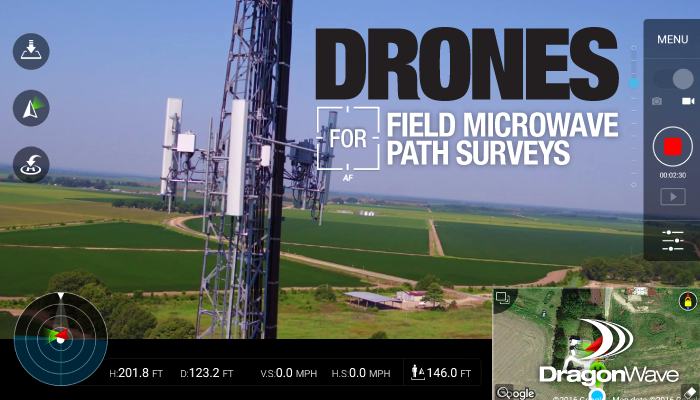


The common focus of network equipment is capacity, network cost, and operational efficiencies. However, power consumption is also becoming a more important factor. Many operators have energy reduction targets, and reducing backhaul power consumption helps meet these targets, and can also help reduce recurring operating costs related to energy.
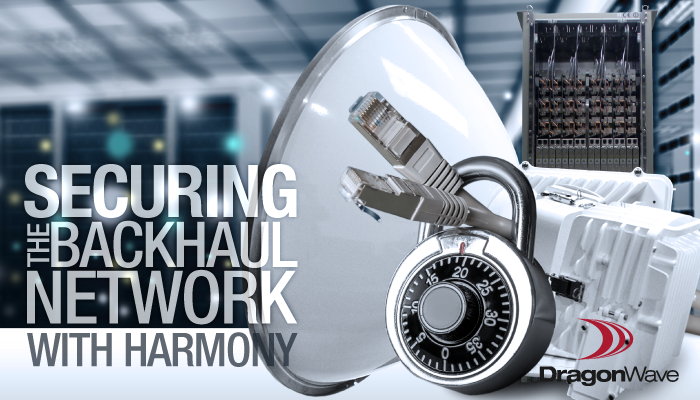
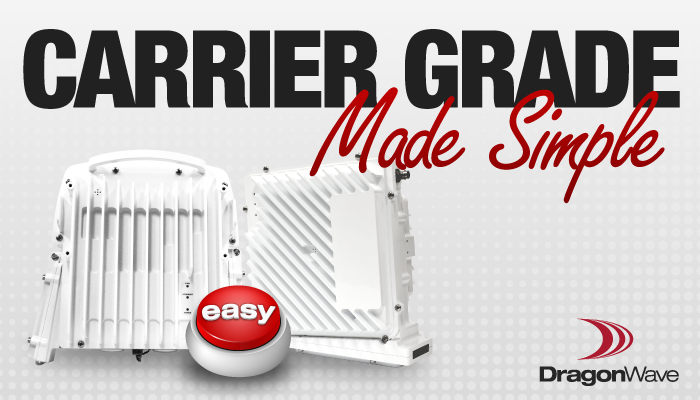
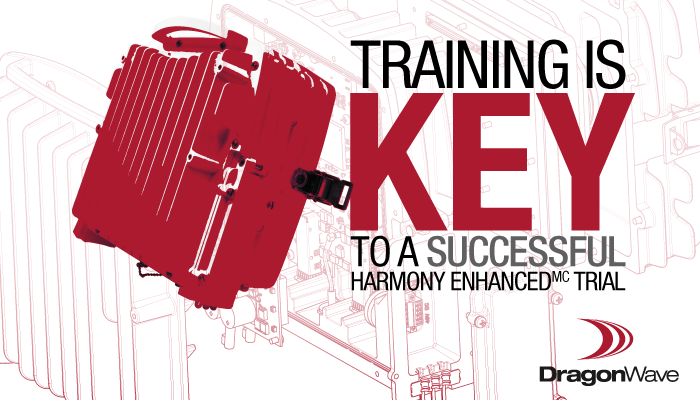
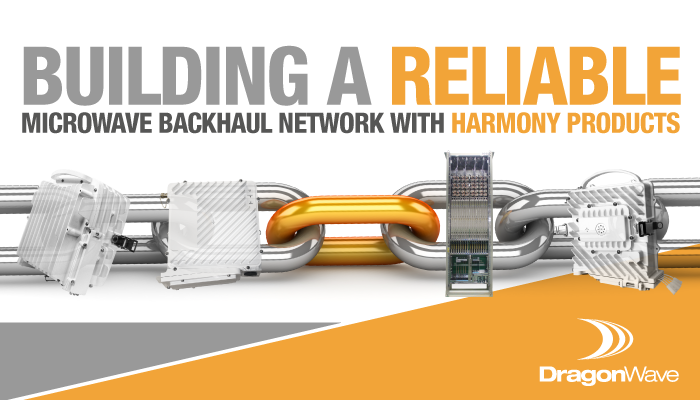
Backhaul network reliability is always a critical concern for operators, especially for those more accustomed to fiber and now considering microwave solutions. The three key elements to microwave network availability are equipment reliability, protection, and path reliability. DragonWave’s Harmony products provide industry-leading capabilities that address each of these issues.

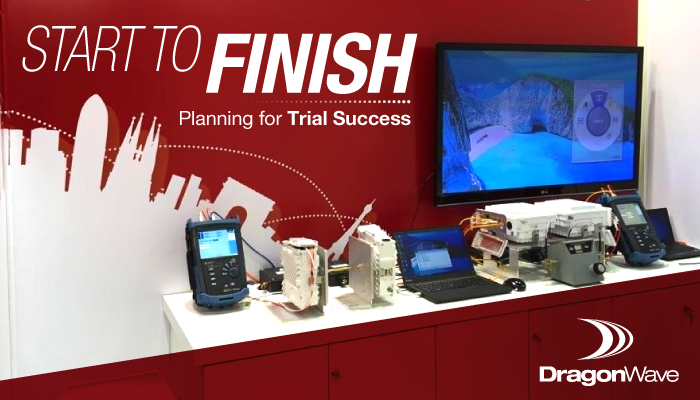
DragonWave regularly conducts product trials, primarily to give customers a better understanding of new product offerings before they deploy them in their network. To ensure success of these activities, DragonWave has a dedicated trials organization with a complete trial process. DragonWave typically supports 5 types of trials:

With continued capacity growth, networks are often exceeding the capacity of a 1GE interface and having to deal with the interface’s limitations by adding multiple GE interfaces. This is driving the adoption of 10Gigabit Ethernet interfaces in the backhaul network—something that has already started in the core—and now is moving out to the edge of the backhaul network.

Backhaul equipment represents a significant capital expenditure, and as older equipment reaches its limits and can no longer be maintained, the replacement costs for new equipment becomes very prohibitive. In addition to this significant capital expenditure, there is also the associated cost of equipment removal and disposal, engineering, and reinstallation.
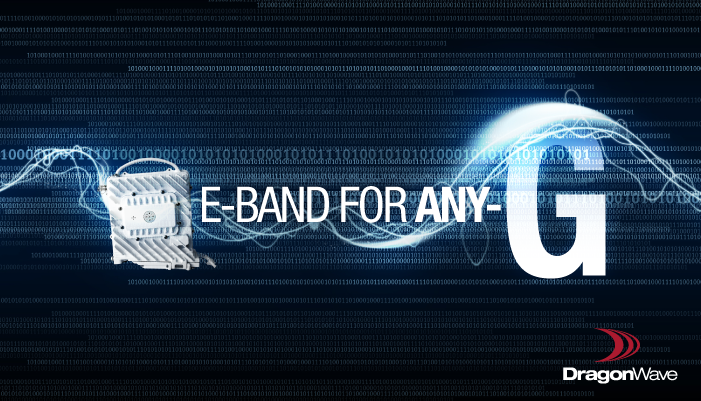
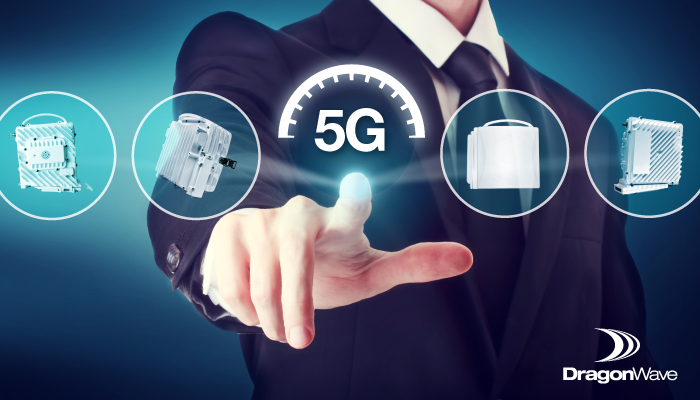
Welcome to the premier posting of the new DragonWave blog that is intended to provide a medium for insight and discourse that can generate ideas for improvements and innovation. We welcome your input and invite you to join an ongoing discussion covering backhaul, small cells, and all other matters related to the mobile wireless industry.